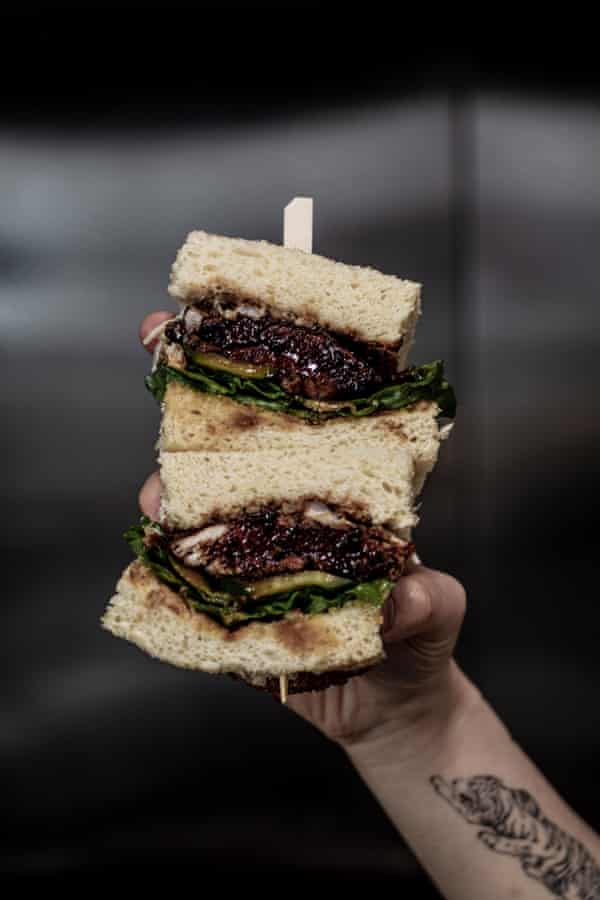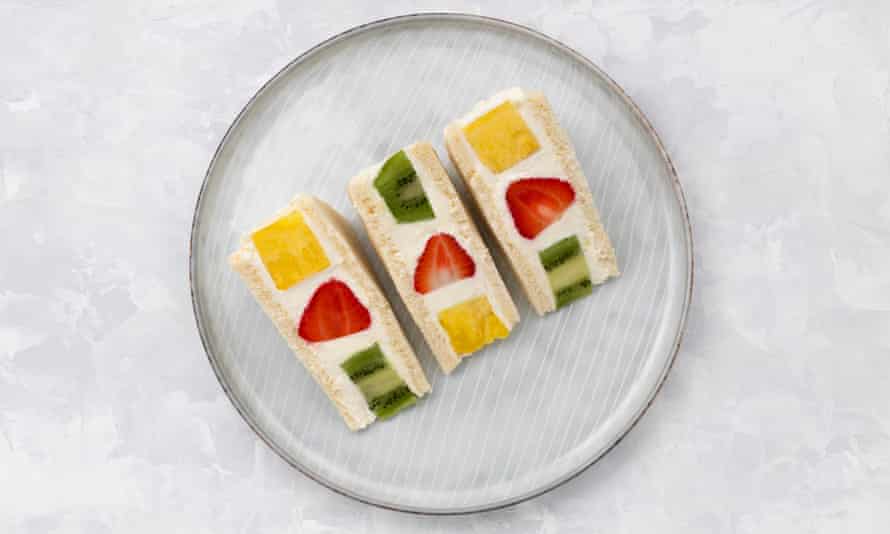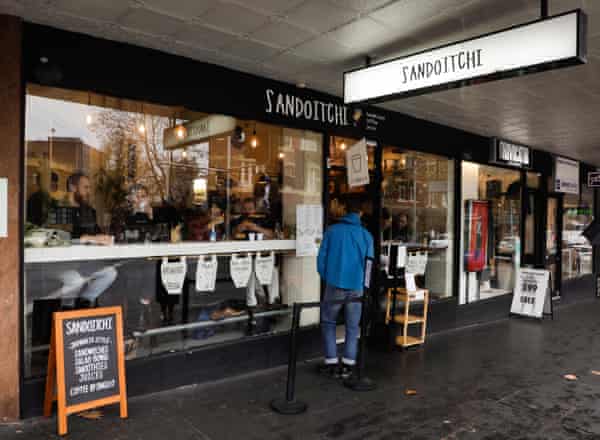Reiji Honour grew up eating soft white bread in Singapore and Japan. When he and his family moved to an Australian country town in 2005, the closest they could get to shokupan – Japanese milk bread – was white bread from Brumby’s Bakery.
“My mother, who is Japanese, would buy a whole loaf and cut thick slices of it. But it was never quite the same. There’s a subtle sweetness with shokupan which does not exist in white bread.”

When Honour opened his cafe, Hibiki, in Melbourne in 2018, he says: “We had shokupan in our cafe from day one … I love the thick cut, the soft texture and the sweet, milky taste.”
Australia’s bread preferences tend to veer towards more toothsome loaves like sourdough. In this $2.7bn industry, market research firm IbisWorld has found that bread with mixed grains, brown and rye bread products now make up 33.5% of revenue. Even traditional white bread rolls (37.6% of the industry) are increasingly made with added fibre, such as grains and nuts.
Shokupan is an outlier loaf. Yu Nakagawa, who until recently ran Sweets and Loaves Japanese Bakery in Brisbane, explains: “If we put soughdough on one end of the bread sweetness spectrum with brioche on the other and white bread in the middle, shokupan is somewhere between brioche and white bread.” She says it “must be light and springy, not doughy”.
“If you press down on it or when you bite into it, there must be some resistance. Shokupan should never be squishy,” Nakagawa says.
Achieving this result requires a very specific baking technique. “Shokupan has butter, milk and/or cream in the dough,” says Leo Lee from Bakemono Bakers, which opened in Melbourne in 2020. This addition gives it its English name, milk bread, as well as “a higher fat content compared to a typical white bread. It is also made with the yudane method, which is a water roux made by mixing a portion of the dough with hot water. The result is a soft interior with fluffy, slightly chewy texture and a thin fragrant crust.”
Perhaps because of shokupan’s relative scarcity, it’s not uncommon to see long lines of customers waiting outside Bakemono Bakers for their chance at a loaf. Azuki Bakery, in Sydney’s inner west, is similarly popular.
Honour links the interest in shokupan to Australians’ familiarity with Japan as a holiday destination. In 2019, Japan was among the top 10 most popular tourist destinations for Australians. “Bread is a standard breakfast food in Australia and Japan. Shokupan is uniquely Japanese but it is also familiar to Australians.”
The softness of shokupan highlights the different role bread plays in Japanese cuisine. In European culinary traditions, bread is typically used as a sandwich base, or to mop up soups. Therefore, the bread had to be dense and hard, to prevent it becoming soggy when dipped into liquids. But in Japan, soups are eaten with rice or noodles while curry is paired with rice. So rather than being part of a main meal, bread in Japan is treated as more of a snack.

Fruit sandos, for instance, are a highly photogenic treat that sits somewhere between afternoon tea and dessert. According to Pureephat Kraikangwan, chef at Japanese-inspired cafe Sandoitchi in Sydney, fruit sandos are a food on the go in Japan, available from vending machines and convenience stores. “In our Sydney cafe, we make our fruit sandos with cream, seasonal fruits such as strawberry or mango, with a bit of yuzu to cut through the creaminess.”

But shokupan is also a base for savoury snacks. Kraikangwan explains that when you deep-fry shokupan, the inside still stays soft but the exterior becomes crispy enough to hold semi-liquid fillings. Rather than serving bread beside a bowl of curry, a serve of kare pan sees a roll of shokupan deep-fried, with Japanese curry inside – almost like a fluffy pie.
The final differentiation factor for shokupan is the thick-cut slices, a byproduct of Japanese home appliances. Nakagawa recalls visiting Japan, where even an average hotel room would include a multifunctional oven that can toast bread. “I don’t think I’ve ever seen a conventional toaster in Japan. The oven in the hotel is like a grill and you can slide your bread into it horizontally, so you can have really thick-cut bread.”
Lee echoes this sentiment, and gives an easy indication of how thick we should slice our shokupan loaf. “If it fits in a pop-up style toaster, it is too thin!”
from Lifestyle | The Guardian https://ift.tt/3in1eoI
via IFTTT

comment 0 Comment
more_vert